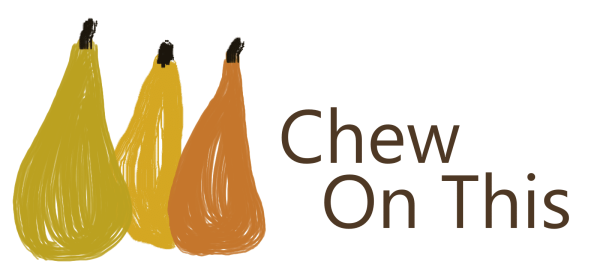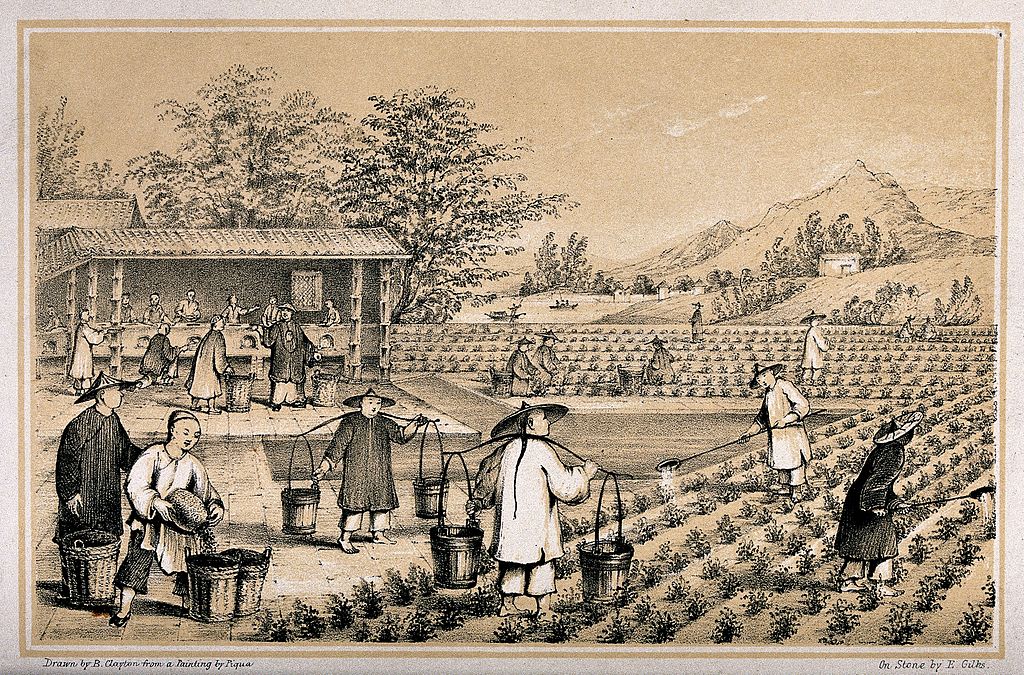Tea drinking and cultivation originated in China and for almost 2,000 years was grown nowhere else. Exactly when the Chinese First discovered the useful properties of the camellia sinensis plant is uncertain but by 200 AD it was undoubtedly under cultivation.
In 1644 the first tea was sold to British merchants and over the next 200 years tea played a central role in the commercial and political relations between Britain, Europe and China. The existence of Hong Kong itself is a testament to the Sino-British tea trade.
By 1850 tea was being exported from India to the UK and since this time Indian and Ceylon teas, and more recently Kenyan teas, have superseded China tea both in volume and style. The heavier liquoring teas of the sub-continent which go better with milk were quickly found to suit the British palate. In 1991 exports to the UK were 83,500 metric tonnes from Kenya, 24,000 from India and just 8,500 from China.
The worldwide rise of the tea bag (which typically contains Indian tea although not for any particular reason) has also served to keep China tea consumption down. Over the past ten years the proportion of world tea consumed in tea bags has risen from 20 per cent to 80 per cent. There is no reason to believe that this trend will reverse, but ultimately China tea will have to establish itself in the tea bag market as well.
Some people still ask China or Indian? when offering a cup of tea. Tea in China itself has a very different and even more central position than in the West. It is fundamental to Chinese life. A lift attendant, for example, in a company will probably have and regularly drink from a covered mug containing tea leaves and will have alongside it a second, larger, jug-like container from which more water will be added to the mug. If workers are sent from one part of a factory to another for even the shortest period of time they will take their tea preparation things with them.
The majority of tea drunk in China is green tea, which is much less well known or liked in the West. It is the cheapest and most herbaceous of the three main tea styles which are green, oblong (semi fermented) and black tea (fully fermented).
The tea industry in ‘China has been through some reorganisation over the last couple of years with more responsibility given to the individual tea corporations of each province. The most successful tea corporation is that of the Guangdong province, which is next to Hong Kong and based in Guang-zhou, or Canton, as it is better known. The corporation was created 60 years ago.
Effectively, an internal market was created with the different corporations taking supply, in theory, from any source, although this is only practical after processing at another corporation. Since 2000, the Guangdong Tea Corporation has been operating in joint ventures with Lipton and Twinings to supply the Chinese market.

